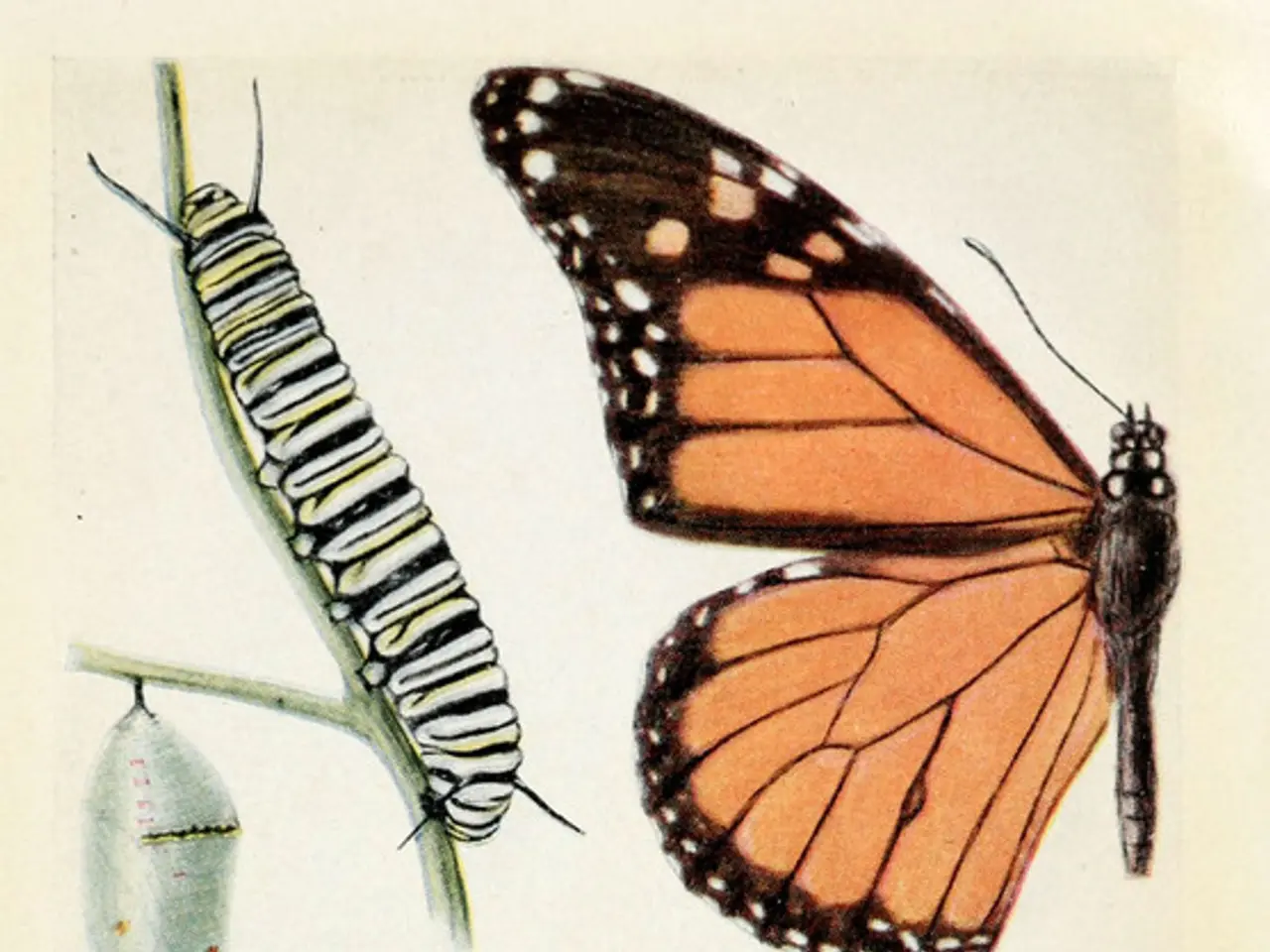Rise in Screwworm Outbreaks Observed in Campeche Regions
In the southeastern region of Mexico, including the state of Campeche, ongoing outbreaks of screwworm myiasis, a parasitic infestation caused by the fly Cochliomyia hominivorax, have been affecting both humans and livestock since early 2025.
The Ministry of Health (SSA) reported the first human case in Campeche in January 2025, followed by several more cases in the region. As of July 2025, Mexico's Federal Health Secretariat confirmed 31 human myiasis cases, with two cases reported in Campeche (one woman and one man), indicating active transmission and potential impact on animals due to the disease's zoonotic nature.
Surveillance efforts are underway to monitor the parasite's presence in animals, recognising the risk it poses to livestock and agriculture, as well as public health. While specific animal case counts for Campeche are not detailed publicly, authorities are vigilant about the parasite's impact on animals in the region.
Certain municipalities in Campeche, such as Ciudad del Carmen and Candelaria, have reported persistent cases of screwworm myiasis, suggesting that environmental conditions favourable to the fly's lifecycle and its parasitic infections remain present.
Recent developments show an increase in the number of animal cases in Campeche, with the number rising from 169 to 214 in less than a month. Two new municipalities, Calkiní and Hopelchén, have been affected, marking a potential spread of the disease to new areas in Campeche.
Hopelchén, the first municipality in Campeche to be affected without bordering any other Campeche municipality with the disease, borders Calakmul, one of the first municipalities to be infected by the epidemic. The municipality of Calkiní, which borders Yucatán, a neighbouring state where outbreaks have been reported, has also registered one case.
Until last month, all the municipalities with cases of myiasis in cattle were adjacent to each other. However, the situation has changed, with Calkiní now not adjacent to any other Campeche municipality with the disease.
In addition, only two cases of screwworm myiasis in humans have been confirmed by the federal Ministry of Health: one in Candelaria and another in Carmen.
Luis Felipe Mora Hernández, the Cenecista leader, has urged authorities to close the borders with Guatemala and Belize due to screwworm myiasis cases.
While more precise data on animal infections in Campeche may be available in official Mexican agricultural or veterinary health reports, publicly accessible sources focus more on human cases and general surveillance in animals.
Science studies the parasitic infestation of screwworm myiasis, which affects both humans and livestock, as a medical-condition posing significant risks to health-and-wellness in the Southeastern region of Mexico, including Campeche. The ongoing outbreaks, caused by the fly Cochliomyia hominivorax, have led to the confirmation of 31 human cases, with two cases reported in Campeche, suggesting active transmission and potential zoonotic impact on animals.




